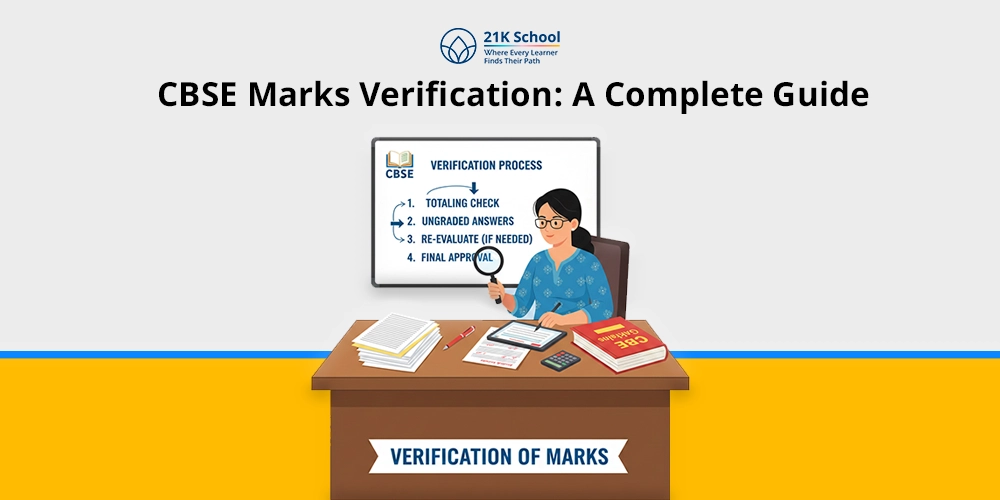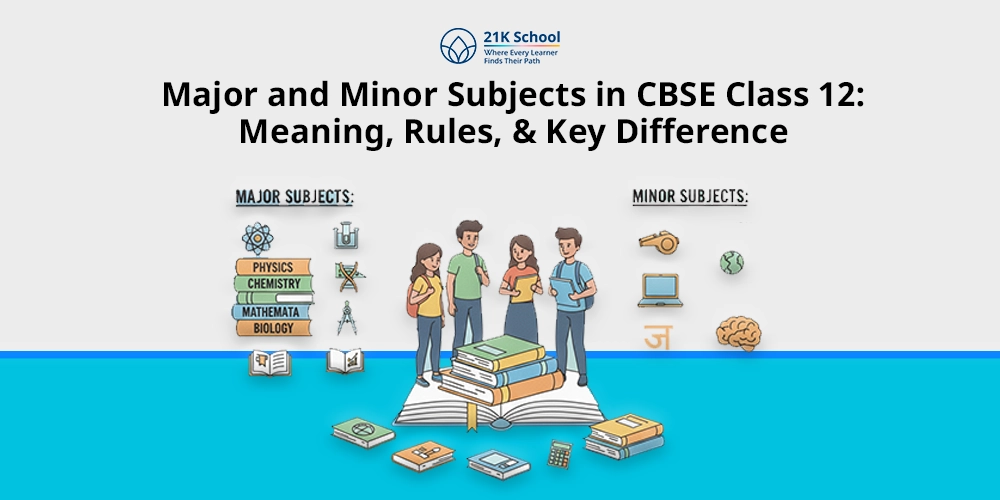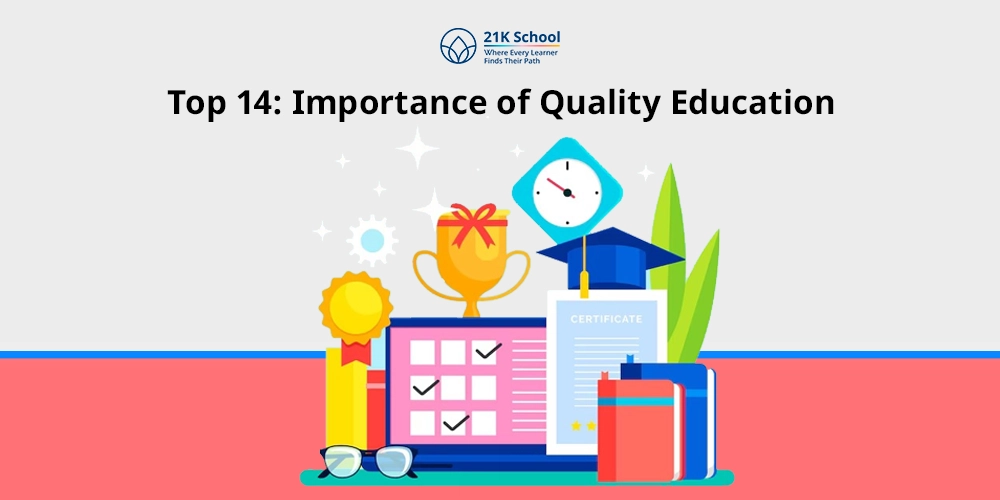
Learning is the process of acquiring knowledge, information, understanding, behavior, attitudes, values, and skills.
But what if students’ learning ability and the given learning at that particular level don’t match? It is called learning gaps.
Learning gaps occur when students fail to catch the given learning in that particular grade level. While there are several advantages of the online learning, it does hit a roadblock when students face learning gaps.
Here is a detailed blog about the learning gap, with its causes and different factors. Go through it to gain all relevant information about learning gaps that you should know.
Table of Contents
What are Learning Gaps?
Learning Gaps are the difference between what a student is expected to understand and what a student understands at their age. This is seen while a student is promoted to the next grade, but fails to match their age level.
Possibly, what could be the reason behind this unmatch?
Maybe because students’ performance wasn’t on par with their grade level, or their basics weren’t clear.
However, learning gaps could be due to many reasons, likewise, some personal issues, financial bar or IQ level not matching. While there are several benefits of e-learning, this too is not free from the common learning gaps.
Due to such barriers, learning gaps can mismatch things, which could be dangerous in the present and future.
Examples of Learning Gaps
Here are the examples of learning gaps in the classroom according to different types of learning gaps.
You can go through it and analyse certain types of learning gaps with the help of examples:
- Skills Gap: Under the skill gap, students can understand coding and concepts of the text, but they are not able to deliver it. Here students might lack practical skills required.
- Knowledge gap: Under the knowledge gap, students might be weak in terms of knowledge and subject concepts. A student might lack the foundational knowledge in related subjects.
- Motivation gap: Under the motivation gap, students might learn a concept, but due to a lack of motivation, fail to continue. Like many students study maths for the sake of passing an examination, but they don’t like this particular subject.
- Communication gap: Under the communication gap, students might not deliver the understood concepts due to the communication gap. Due to a communication breakdown, they fail to deliver the concepts.
Learning Gaps in the Classroom
Learning gap is the difference between what a student is expected to know at their grade, and what they know.
Learning gaps in the classroom can happen in any subject or can extend over years. It not only depends on students’ capacity to grasp but also on many other factors.
The causes of learning gaps can be due to many reasons, which are explained below in detail.
Go through the different causes of learning gaps to identify the problem.
Causes of Learning Gaps in the Classroom
To mitigate the learning gap, teachers need to make effective strategies and implement it.
However, many factors lead to the causes of the learning gap in the classroom. They are as follows:
- Lack of quality education: Lack of quality education can lead to learning gaps, which can hamper students’ learning. It majorly affects students’ learning, which shapes them for the future.
- Socioeconomic condition: Students from an underprivileged background are affected to a large extent as they do not have access to education and proper training.
- Natural calamities: Natural calamities and emergencies, like sudden incidents, affect student’s learning. They have to suffer and this leads to learning gaps.
- Ineffective teaching methods: Ineffective modern teaching methods can cause a major learning gap. Due to this, there will be no proper teaching strategies and training, which hampers students’ learning.
Types of Learning Gaps
There are five main types of learning gaps, such as:
(i.) Conceptual Gap
(ii.) Skills Gap
(iii.) Knowledge Gap
(iv.) Language Gap
(v.) Cultural Gap
Here are these five learning gaps, explained below. You can go through it one- by- one to identify the learning gaps and rectify them.
(i.) Conceptual Gap:
Conceptual Gap occurs when a student lacks conceptual clarification to comprehend theories and topics taught in their class.
(ii.) Skills Gap:
Skills Gap takes place when students lack practical abilities in finishing any particular task or activity.
(iii.) Knowledge Gap:
Knowledge Gap happens when students lack knowledge or find it hard to understand a particular subject.
(iv.) Language Gap:
Language Gap occurs when students lack proficiency in communication, or there are language barriers. It makes teacher- student relationships suffer and a barrier to understanding the topics.
(v.) Cultural Gap:
Students coming from different cultural backgrounds have different experiences and viewpoints, which affect their learning, causing a cultural gap.
How to Identify Learning Gaps in Students?
To identify learning gaps in students, different methods are used.
These methods identify and evaluate different learning gaps in students.
Such learning gaps can be identified in the ways which are mentioned below:
- Assessments and tests: Different forms of assessment and tests are used to identify learning gaps in students. Assessments are such as formative assessment and diagnostic assessments. These assessments are used to gauge the understanding level of students. Subject tests are conducted to assess the knowledge level of students.
- Observation: Classroom observations are used to determine the students’ engagement and participation during activities. Classwork and homework observation are reviewed to identify errors and specific learning gaps in the students.
- Meetings and feedback: Meetings are conducted to know the issues faced by the students. Simultaneously, feedback is taken to know the responses and errors, which helps in combating the misunderstanding.
- Teacher meet up: Teacher meet-ups are kept to identify the learning gaps of students. Teachers engage and share methods to identify the learning gaps in the students.
Tips on How to Mitigate Learning Gaps in Students
Tip #1: Seek help
Ask for help in case you don’t understand any topic or subject matter in the classroom. It will motivate students to clear their doubts and have a clear concept about the subject matter or topic.
This way, teachers can easily identify students who find it hard to learn and can help them.
Tip #2: Learning Environment
A positive learning environment can eradicate the learning gap. Students can easily come and clear up their problems if they don’t understand.
Creating a positive learning environment motivates students to learn, and there are no learning gaps.
Tip #3: Use teaching strategies
Bad teaching strategies can directly hamper student learning. If teachers do not focus on student learning, there comes a learning gap.
Learning gap can damage students’ futures and their self-esteem directly.
Tip #4: Technological development
Technological development can reduce the learning gap as students’ learning would get easier.
Contribution of technology in education to make students understand the topics can eradicate the learning gap.
Final Thoughts: Learning Gap is a Threat to Students Futures
Learning gap is a threat to students’ future as it breaks the flow of knowledge and damages their confidence.
Because of a mismatch between students’ actual subject matter and their present learning, a learning gap is created.
Learning gap hugely damages students’ perspectives, motto, future and their career. It needs to be eradicated with effective strategies, technology development, subject matter experts, student-teacher communication and their feedback.
Eradicating the problem of the learning gap is the only solution.



